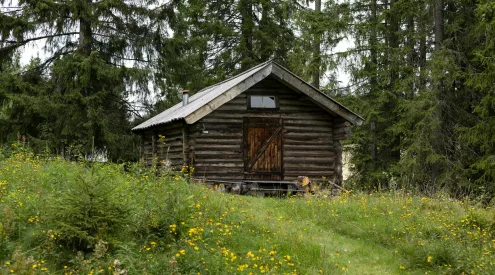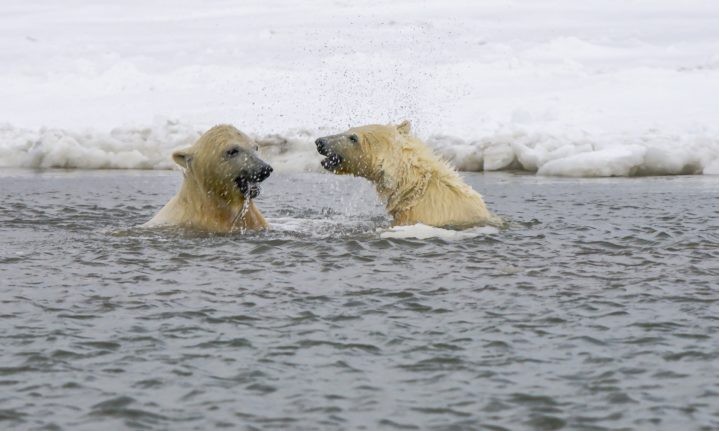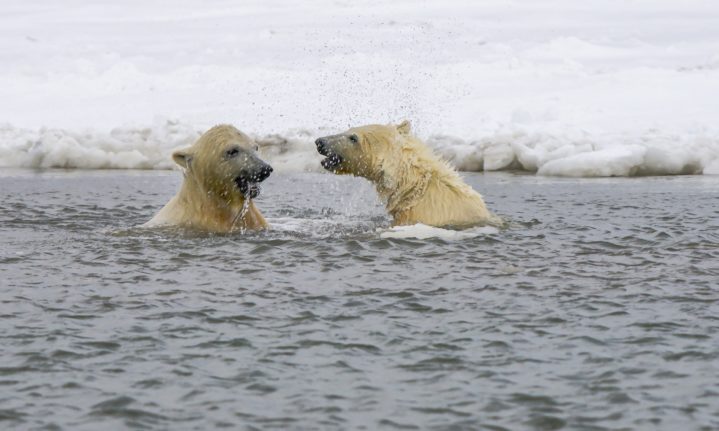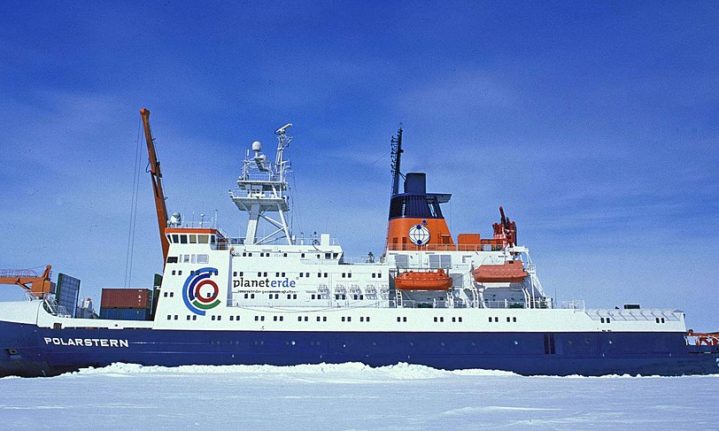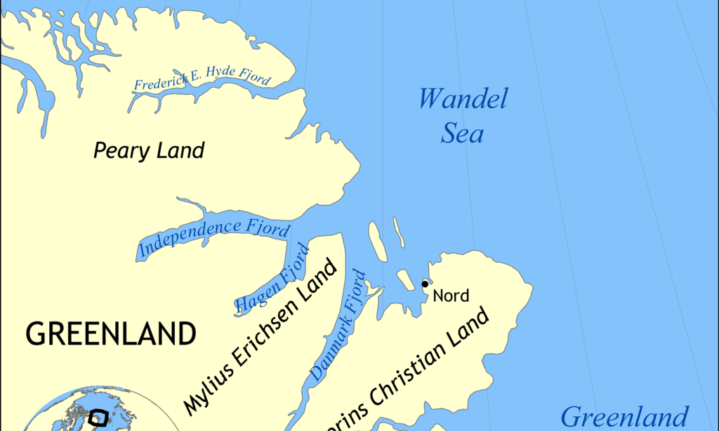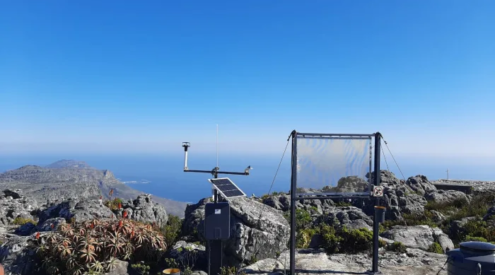The Wandel sea in the Arctic is usually notorious for its thick crusts of ice, and is known as the Arctic’s “last ice area”. It showed signs of global warming during a recent scientific expedition when scientists observed thin ice sheets with lots of open water during an expedition, The New York Times reports.
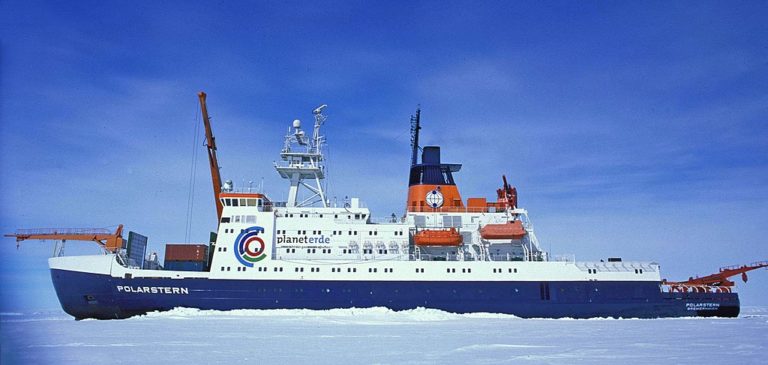
The Polarstern Icebreaker conducted a year-long expedition in the Arctic. Picture: Wikimedia Commons.
In August of last year, scientists aboard the icebreaker, Polarstern, had been drifting in the ice as part of a year-long expedition. The team decided to take a detour via the North Pole. Needing to get there quickly, they used satellite imagery to determine where the concentration of sea ice was low enough for the ice breaker to push through.
This seemed to be the Wandel sea, North of Greenland, and the most unlikely of places. The Wandel sea was renowned for its “choke-full of this old, thick sea ice”, commented Melinda Webster, A research aboard the Polarstern.
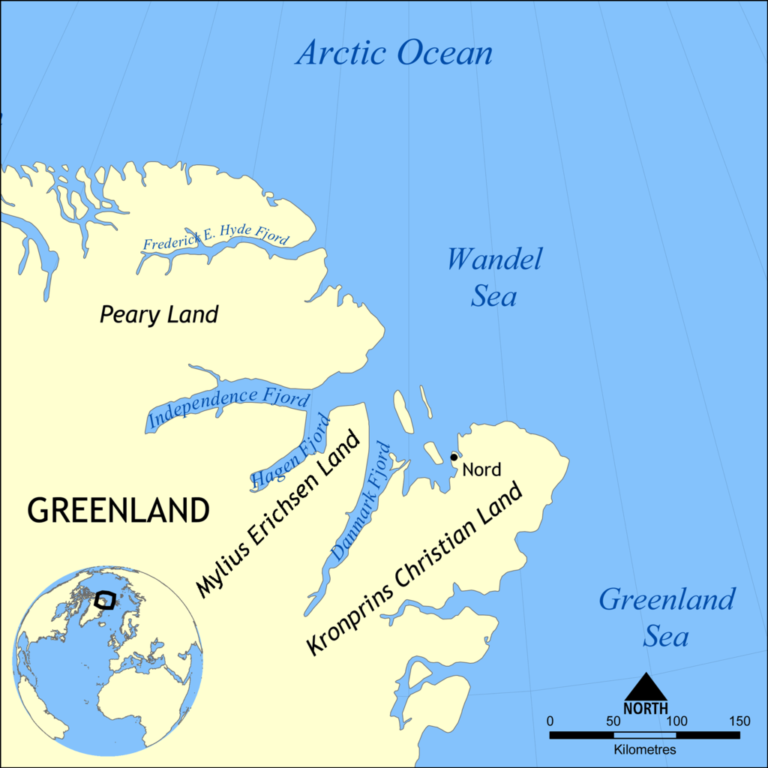
Map showing the location of the Wandel Sea off of Greenland. Picture: Wikimedia Commons.
Instead, as the Polarstern sailed through, it encountered thin ice and plenty of open water. Scientists have now been able to explain why the ice conditions were different during the last summer.
The warming arctic temperatures thinned the ice, combined with an unusual shift in the wind direction, which pushed much of the ice out to sea. The Wandel sea is usually known for its thick sea ice because of the circular ocean current that tends to keep ice trapped.
Climatic models predicted that the sea will likely retain ice as the rest of the Arctic ocean begin to have ice-free summers in the next few decades. The Wandel sea is, therefore, significant because it could be a final refuge for polar bears.
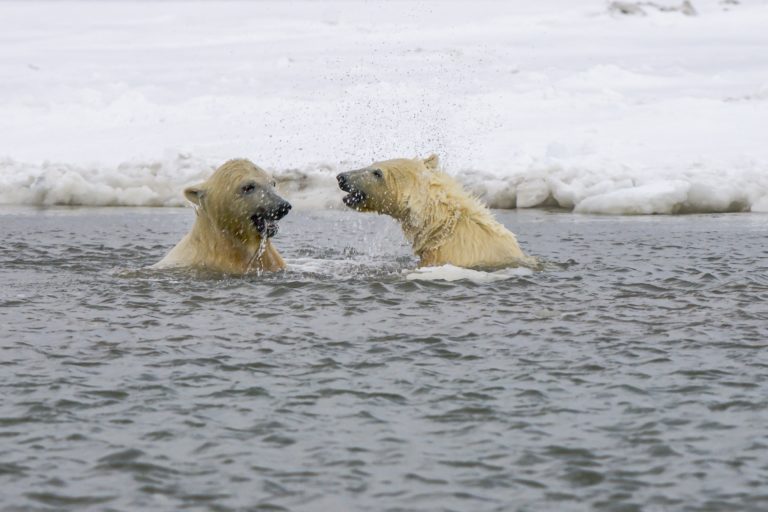
Polar bears are increasingly thereatned by the thinning ice of the Wandel Sea. Picture: Unsplash.
The recent observations are concerning, however; although the minimal ice can be attributed to the unusual wind conditions that pushed the ice out to sea, the researchers aboard the Polarstern observed that the same wind conditions were prevalent during 1979.
The concern is that the warming of the arctic is thinning the ice in the Wandel sea to such an extent that an unusual meteorological phenomenon makes the region less resilient to climate change. “As sea ice thins, it becomes more seasonal, and it becomes more sensitive to what’s happening in the atmosphere and the ocean,” commented Webster. This means that thin ice is more likely to be pushed out to sea by unusual wind conditions.
This is concerning when taking into account that the Wandel sea could be a final refuge for polar bears. “What we experienced last summer was unprecedented,” Webster added. “But that’s probably going to be the norm in coming decades.”
A recent journal publication on the findings of this expedition concluded that it is critical that future work investigate the resistance of the area, which is considered to be the last ice area in the arctic, for the conservation of ice-dependent mammals such as polar bears under climate change
Also Read:


